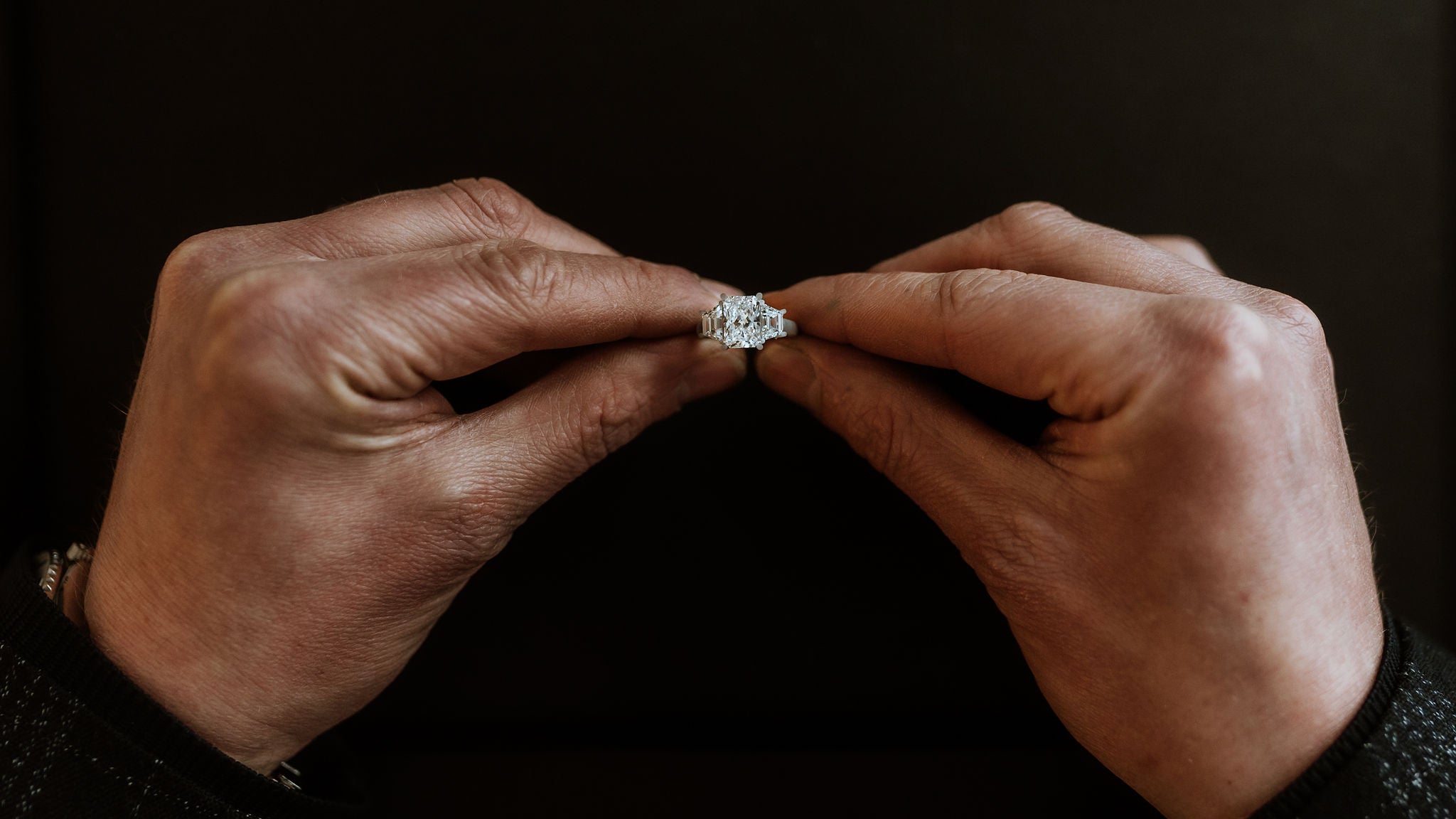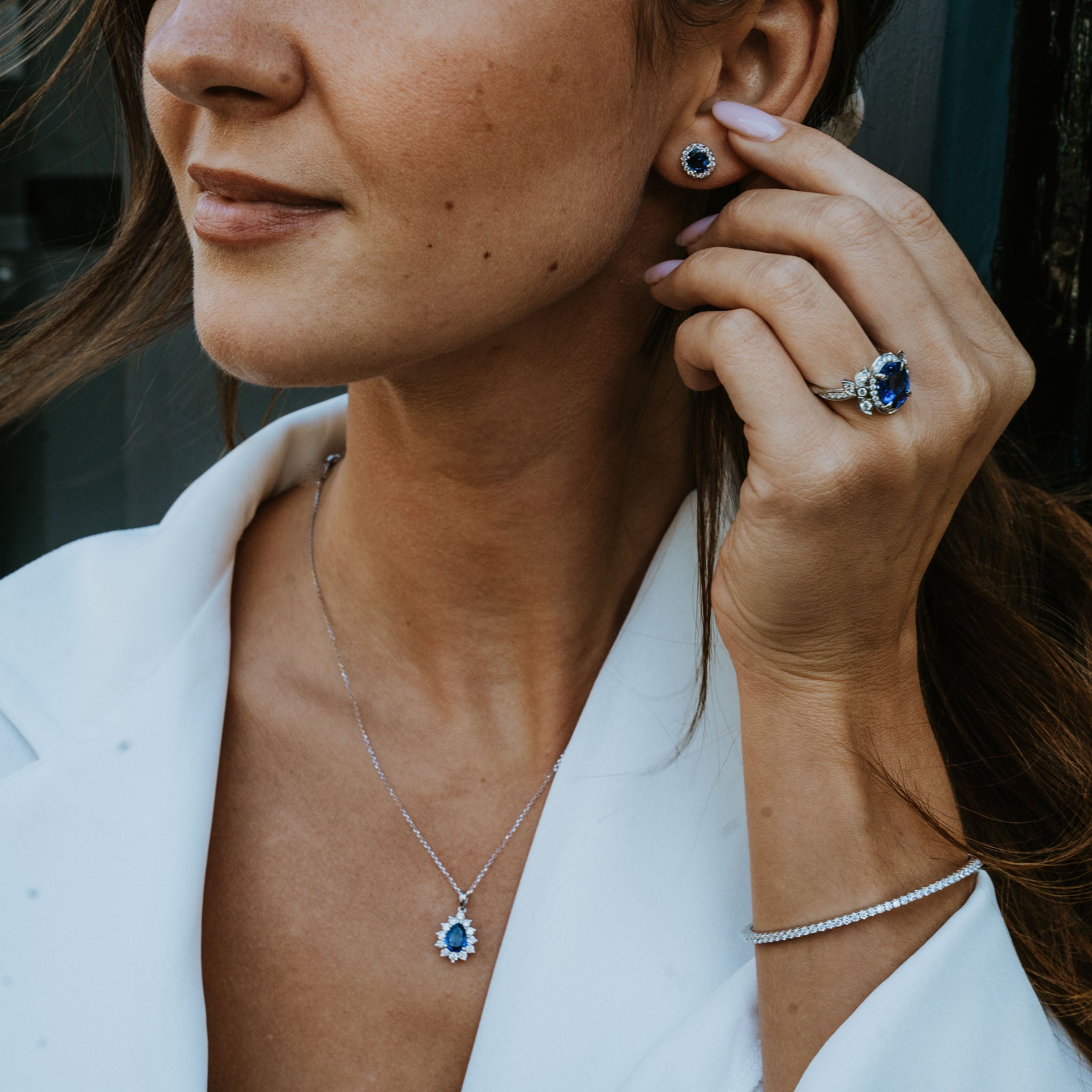 Heavy metal is back, not just on festival and arena stages but also on the fingers of rock and roll stars of all shapes and sizes in the form of iconic bespoke statement pieces.
Heavy metal is back, not just on festival and arena stages but also on the fingers of rock and roll stars of all shapes and sizes in the form of iconic bespoke statement pieces.
A remarkable number of rock stars are well-known for wearing several iconic pieces of jewellery, often custom-designed, ornately decorated and set with jewels.
Whilst it is easy to dismiss some of it as simply a way to keep up the glitzy image of a celebrity superstar, there are often remarkably interesting, albeit occasionally lurid, reasons why these monsters of rock adorn their fingers with huge silver and gold signet rings, skulls, snakes and all manner of other designs.
Memento Mori And Mexico
Wearing huge statement rings has been a huge part of various historical cultures since at least the intaglios and signet rings of the Roman Empire, but the huge rings that are such a major part of heavy metal come from two very separate, almost polar opposite origin points.
The first is the Victorian Gothic movement, which itself was fixated on the concept of memento mori and a culture of mourning.
This manifested in the form of mourning rings, a style of commemorative ring that was designed to celebrate the life of a loved one, which became increasingly common throughout the 19th century.
Conversely, there was also the Mexican Day of the Dead (Dia de los Muertos), which also celebrated the lives of those who had passed on, but was far more joyous in tone, featuring elaborately decorated and artistic skull designs.
These two traditions coalesced in the late 1940s in a rather unusual place.
Biker Culture, Mexican Rings And Heavy Metal
The idea of wearing multiple rings, as well as large and chunky designs in rock and roll, has its origins in motorcycle clubs and gangs, with the 1948 establishment of the Hells Angels a particular influence on rock and heavy metal culture going forward.
Most of the elements of biker culture, such as biker leathers, patches, motorcycles, chains and the reputation for being outlaws, all eventually bled into rock and heavy metal, but the rings themselves were an enduring byproduct of the Mexican Revolution.
The difficult period between the end of the dictatorial rule of the Huerta regime and the full establishment of social and economic reforms had devastated the value of the peso.
Facing piles of worthless coins, some people melted them down and reshaped them into unique pieces of jewellery, of which the most famous and iconic were the rings.
Bikers loved the skull designs and saw them as representative of their image as outlaws and pirates, although it must be noted that others, rather cynically, also saw large metal rings as potentially useful during a fight.
The skulls became a symbol of protection, and this aspect would transfer to the rock and roll world during the 1960s, when biker culture would intermingle with the music world.
Like A Rolling Skull
Whilst it is unlikely that he was the first rock star to wear a decorative ring, by far the most famous and influential to their widespread adoption as a symbol of rock was Keith Richards.
The infamous guitarist for the Rolling Stones established and epitomised not only rock and roll music through his innovative guitar work, but also proved to be a major influence on rock star image and lifestyle.
Their darker edge, reflective of the more macabre side of the counterculture of the 1960s, overlapped with the outlaw biker subculture, now well-established thanks to films such as The Wild One.
Whilst he wore huge, chunky rings well before this, the ring he is most associated with and arguably the most influential on other rock and heavy metal stars was his huge Death’s Head skull ring that he started wearing in 1978.
At the height of his excess, Mr Richards was preparing for his 35th birthday party and wanted something particularly special.
A jeweller he frequented was creating miniature silver skeletons at the time, and this inspired the rock star to help them work on a skull ring based on that replica, which itself used a real skull as a reference.
Before the advanced computer design and 3D printing technologies available to gold and silversmiths today, the jewellers used a wax mould, tweaking it to create the silver ring that would adorn his finger from his 35th birthday up until the present day.
He has since said that the skull reflects the rebellious spirit of rock and roll, outlaws and pirates, and the equality that, below the surface, we are the same.





